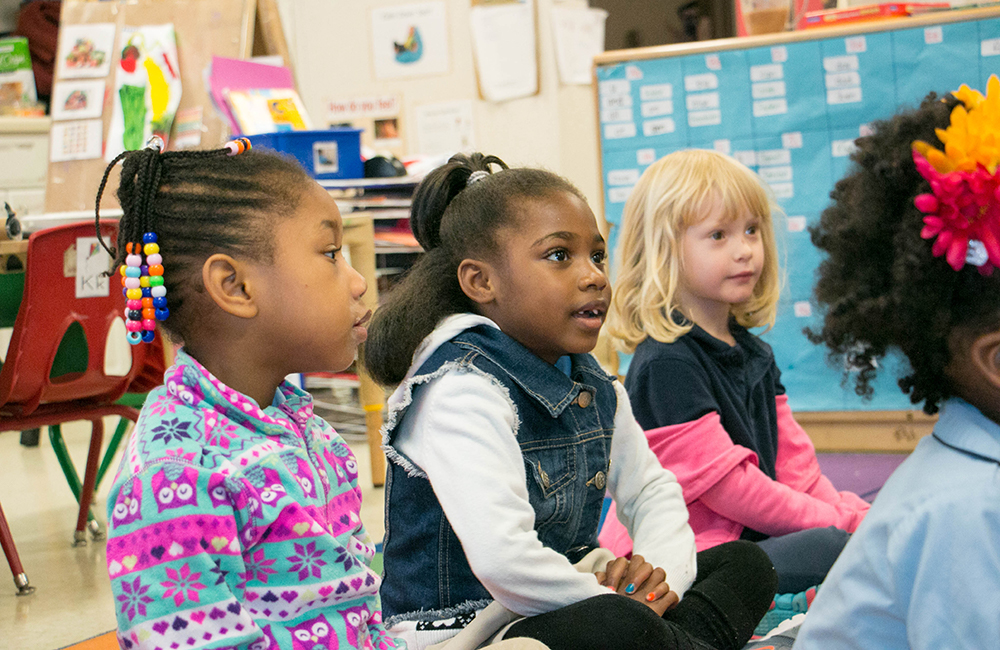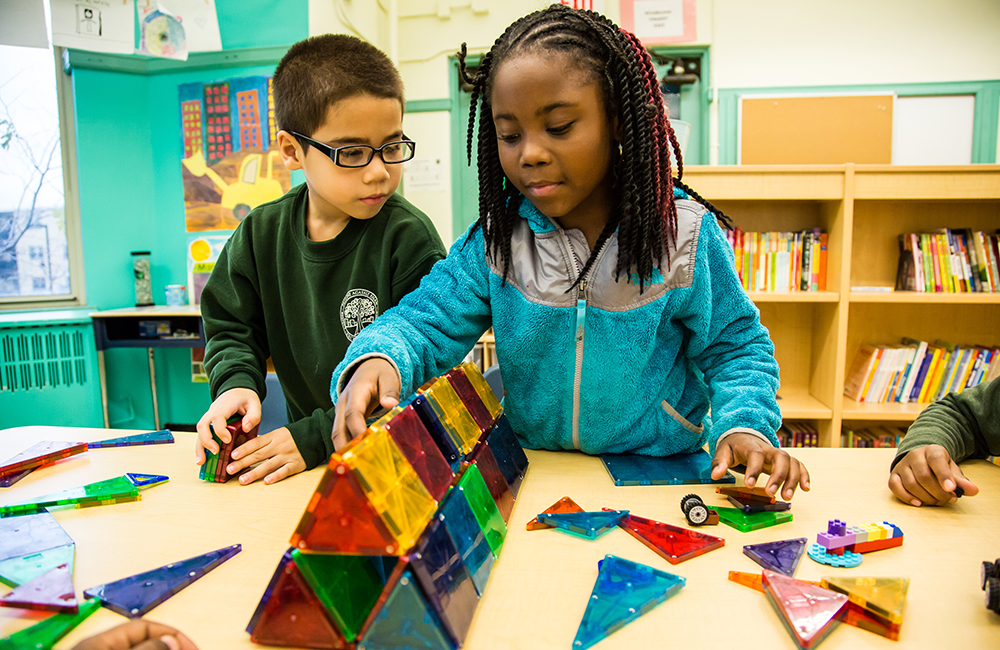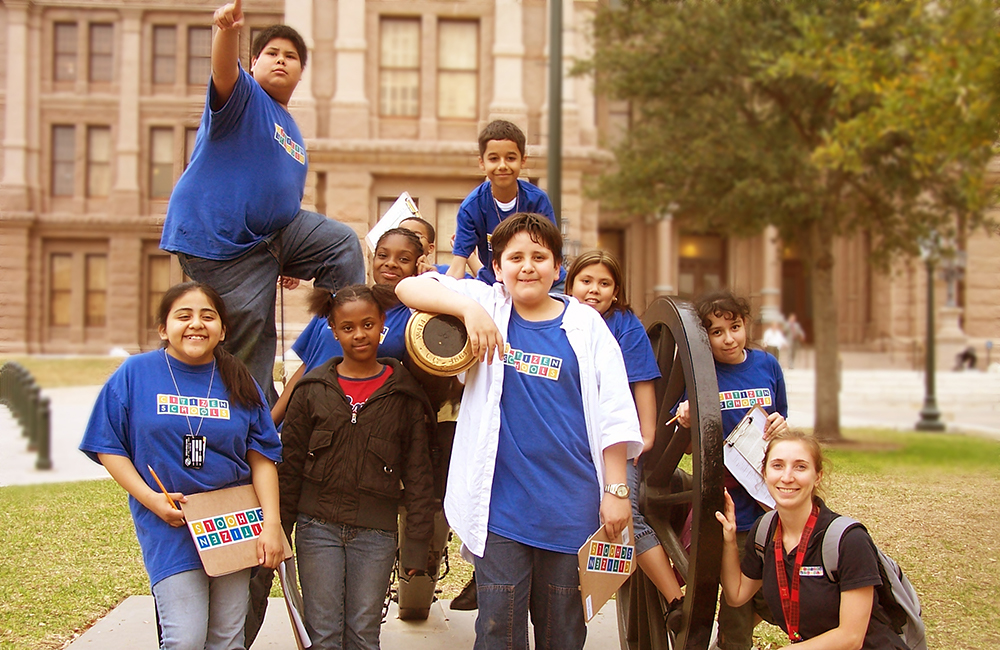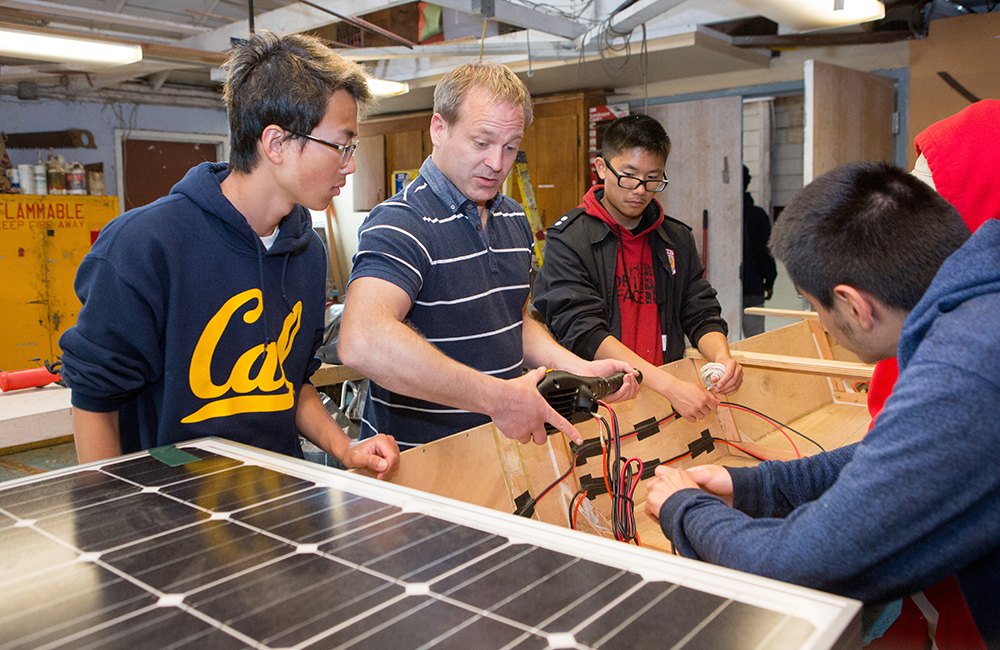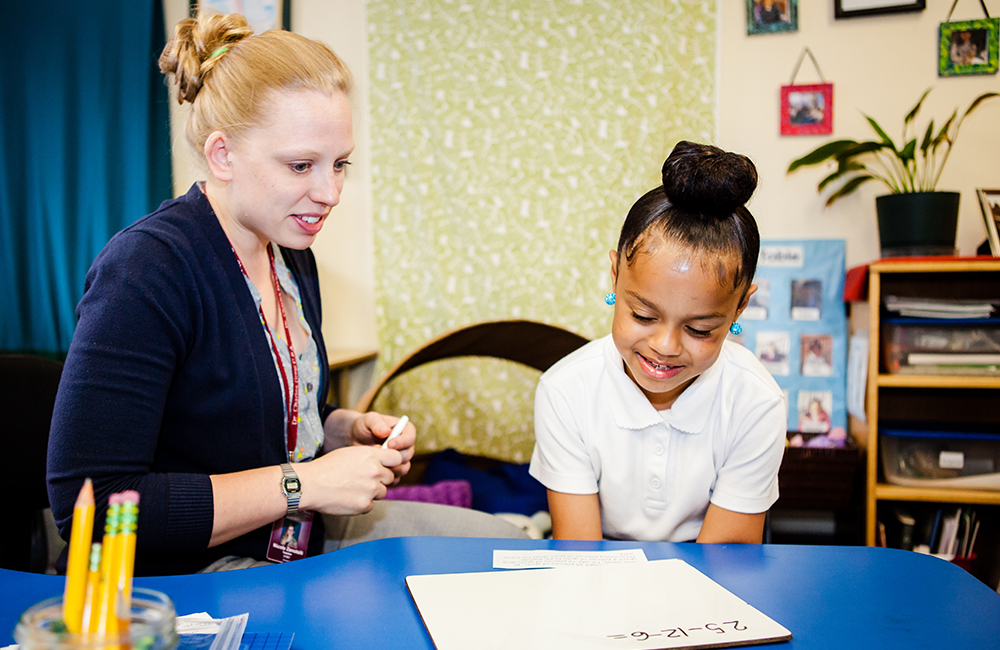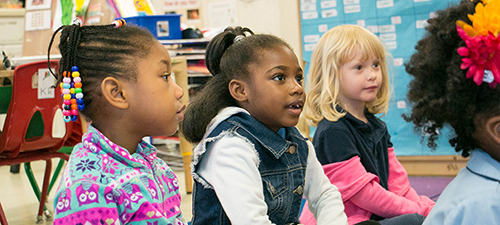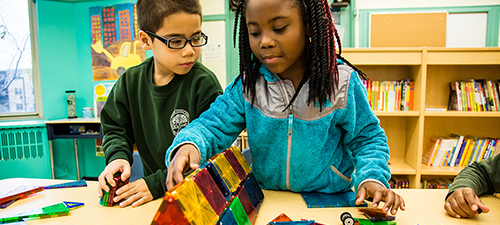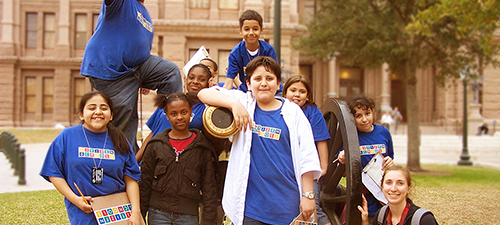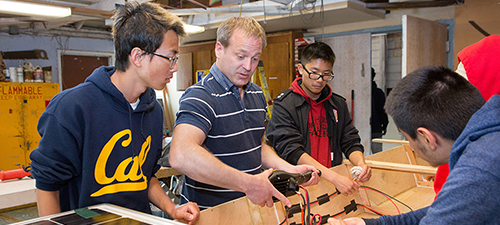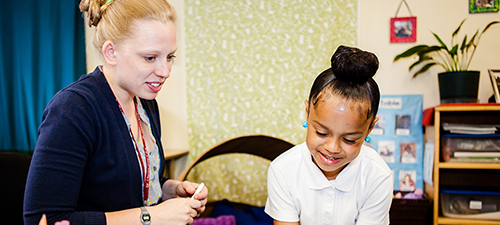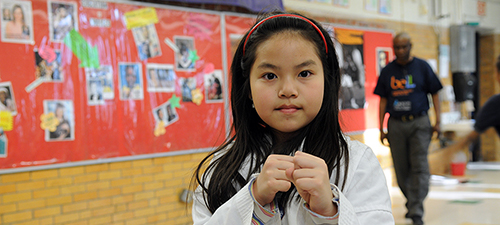Pathways to Student Success
How philanthropy can help level the educational playing field for low income children
Nearly a decade ago, CHIP published its first piece of donor guidance, Pathways to Student Success. In the report, we detailed the education pathway that children must navigate to achieve success in school and showed philanthropists ways they could address student achievement gaps by targeting a child’s needs inside and outside of the classroom. Since then, advances in neuroscience have dramatically affected the field’s understanding of brain development, particularly in early childhood and adolescence. As part of CHIP’s 10-year anniversary, we are updating our original guidance, building on new research in areas such as early childhood and adolescent brain development, behavioral science, and program evaluation. Here we present an abbreviated version of the updated guidance, highlighting once again a child’s educational trajectory and ways that philanthropists can help children succeed in school.
The education pathway starts at birth and has four phases: Early Childhood (prenatal to 3rd grade), Primary (K to 8th grade), Middle/Secondary (6th to 12th grade), and Secondary/Postsecondary (ages 16 to 24, or roughly 10th grade through college). Differing family circumstances mean that even at birth, kids do not start at the same place. Children born to low income families start life at a disadvantage that too often persists throughout their education pathway. In fact, socio-economic status and the segregation that comes from it are the most important factors related to education outcomes. Different policies and programs, however, can help switch students onto better trajectories. Donors can help by investing in efforts that have impact, ensuring that kids get on—and stay on—a path to success.
There are also “across-ages” opportunities for investment. Across-ages programs may target specific subgroups (such as children in foster care/special needs), or work on general issues at a more systemic level. Donors interested in a particular group of children may want to help those children across the different phases of their education path. Other donors may want to address issues affecting all students. For example, some may want to fund a nonprofit that guides and coaches teachers, given that having a skilled teacher is the largest in-school lever for improving children’s learning.


